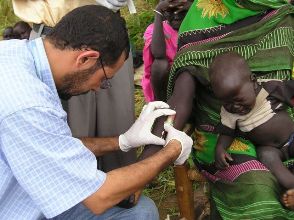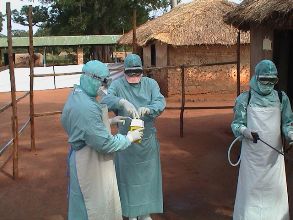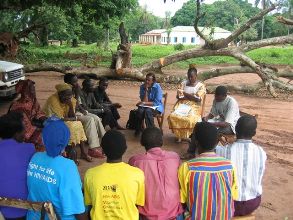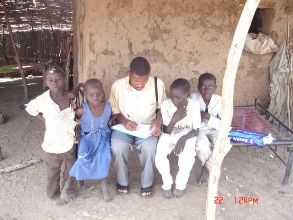WHO works with governments and partners to equip, train and prepare community health workers worldwide to provide critical care for millions of people affected by natural disasters, war and other crises, and the health risks that follow.
This photo essay highlights the critical role these workers play in saving lives by preparing for and responding to emergencies.
 Limited access to health care, safe water and sanitation are grave concerns for local communities. Knowing one's infection status can prevent health problems and prevent transmission to family and close contacts. Photo credit: WHO
Limited access to health care, safe water and sanitation are grave concerns for local communities. Knowing one's infection status can prevent health problems and prevent transmission to family and close contacts. Photo credit: WHO
 Infection-control infrastructure, including inpatient isolation facilities, protocols, use of personal protective equipment is essential to stop the chain of transmission during outbreaks. Photo credit: WHO
Infection-control infrastructure, including inpatient isolation facilities, protocols, use of personal protective equipment is essential to stop the chain of transmission during outbreaks. Photo credit: WHO
 Risk communication and social mobilization are critical components of prevention and control programmes. Mobilizing civil society, health workers and policy-makers ensures acceptance and sustainability of programmes. It also helps to contain the fear and panic that are often seen with outbreaks. Photo credit: WHO
Risk communication and social mobilization are critical components of prevention and control programmes. Mobilizing civil society, health workers and policy-makers ensures acceptance and sustainability of programmes. It also helps to contain the fear and panic that are often seen with outbreaks. Photo credit: WHO
 Surveillance teams often have to travel by foot to reach remote communities. In order to accurately estimate the burden of disease and measure trends, greater coordination, better survey instruments and methods should be developed. Photo credit: WHO
Surveillance teams often have to travel by foot to reach remote communities. In order to accurately estimate the burden of disease and measure trends, greater coordination, better survey instruments and methods should be developed. Photo credit: WHO






